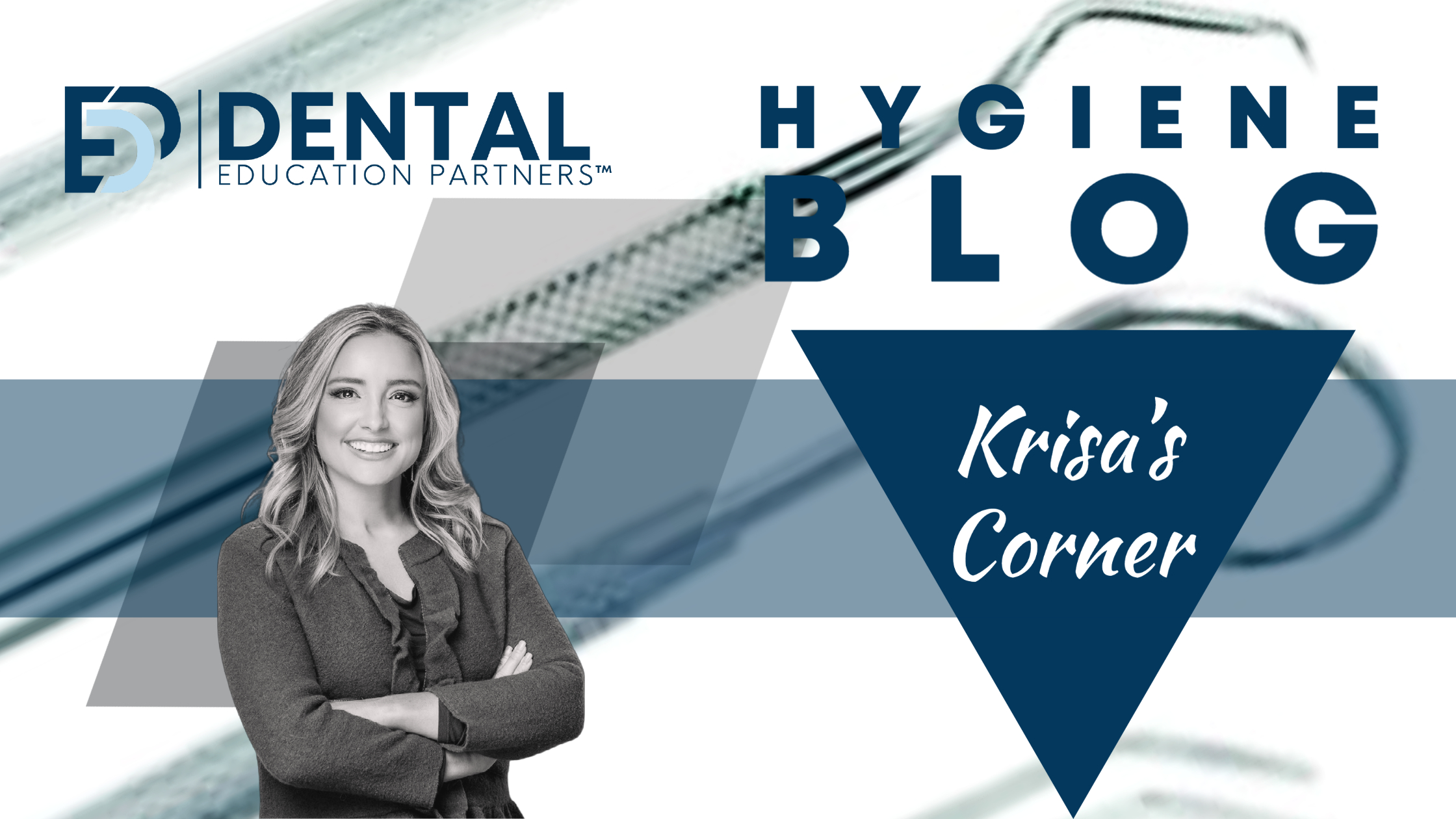Maintaining optimal oral health is crucial for overall well-being, and one common concern that many individuals face is gum recession. Gum recession occurs when the gum tissue migrates away from the tooth, exposing the root surface. This can increase sensitivity, aesthetic concerns, and dental issues if left untreated. This can also be a hygienist’s nightmare. This blog will explore patient prevention methods, hygiene modifications, desensitizing techniques, and surgical interventions available to manage gum recession effectively.
I. Patient Prevention Methods:
Regular Dental Check-ups: Schedule routine dental check-ups to monitor the health of your gums. Early detection of gum recession allows for timely intervention and prevention of further damage.
Effective Oral Hygiene Practices: Brush your teeth twice daily using a soft or extra soft-bristled toothbrush and fluoride toothpaste. Floss daily to remove plaque and prevent gum disease, which can contribute to recession.
Avoid Aggressive Brushing: Gentle brushing is essential to prevent unnecessary abrasion of the gum tissue. Use a soft, circular motion, and avoid applying excessive pressure. Educate patients on the current electric toothbrush technology equipped with pressure sensors.
Quit Smoking: Smoking is a significant risk factor for gum disease and recession. Quitting smoking improves your overall health and contributes to better oral hygiene. Provide smoking cessation advice.
Orthodontic intervention: When teeth are crowded, they are not easily accessible, which can cause plaque accumulation, gum disease, and, therefore, recession. Recommend an orthodontic consult to correct crowding.
Mouthguard: Custom mouthguards protect teeth from the constant forces caused by clenching and grinding. These forces can lead to recession and notched-out areas at the gum line called abfractions. The patient will need a sleep study first to determine if they have sleep apnea. The type of mouthguard can vary depending on the individual’s needs.
II. Modifications during patient care and post-care:
Topical analgesics can help reduce sensitivity during a cleaning.
Instrumentation modifications: When using an ultrasonic or piezoelectric scaler, you can adjust the pressure and power when scaling the gumline. You can also avoid the facial cervical area entirely and go back with the side of an explorer or scaler with a light grasp to prevent sensitivity. Any remaining biofilm can be removed with a low-abrasive Erythritol powder.
Use of Desensitizing Toothpaste: Desensitizing toothpaste can help alleviate tooth sensitivity caused by gum recession. Look for products containing potassium nitrate for effective relief.
Soft-Picks or Interdental Brushes: In addition to flossing, you can recommend that patients use soft-picks or interdental brushes to clean between teeth and around the gumline without causing trauma to the gums. Rubber tip stimulators, proxy brushes, and sulca brushes are also great and effective at removing biofilm.
Waterpiks are a great adjunct to plaque removal and can be filled with lukewarm water for patient comfort.
III. Desensitizing Techniques:
Besides topical desensitizing agents, hygienists may apply desensitizing bonding agents directly to the affected areas, providing immediate relief from sensitivity. Most of these are bonding agents with a light cure while preserving the tooth structure.
IV. Surgical Interventions:
Gum Graft Surgery involves taking tissue from another part of the mouth (or using synthetic material) and grafting it onto the receding areas, promoting gum tissue regeneration.
Pinhole Surgical Technique (PST): PST is a minimally invasive procedure that involves repositioning existing gum tissue over exposed roots without grafting.
Connective Tissue Grafting: In this procedure, a small piece of connective tissue, often taken from the palate, is grafted onto the receded area. This helps improve the thickness and quality of the gum tissue.
Allografts or Xenografts: These grafting materials, sourced from human or animal tissues, respectively, can be used as an alternative to autogenous grafts (using the patient’s own tissue).
Guided Tissue Regeneration: This technique involves placing a barrier membrane between the gum tissue and tooth root to encourage the regeneration of new tissue.
Autogenous grafting: Involves using the patient’s blood for connective tissue grafts, harvesting tissue from one part of your body, and transplanting it to another, in this case, using your own blood as a source of connective tissue for grafting. This technique is commonly used in various medical and dental procedures, including periodontal surgery.
In the context of connective tissue grafts for gum recession, there are two primary methods:
Free Gingival Graft (FGG): In a free gingival graft, a small piece of tissue is typically taken from the palate (the roof of the mouth). The tissue contains both the epithelial (outer) layer and the underlying connective tissue. This graft is then transplanted to the area of gum recession. Using your blood for this graft helps minimize the risk of rejection, as it is from your body.
Subepithelial Connective Tissue Graft (SCTG): In the subepithelial connective tissue graft, only the connective tissue layer is harvested from the palate. This technique is often preferred because it provides additional thickness to the gum tissue. Again, using your blood as the source ensures compatibility and reduces the risk of complications.
Advantages of Autogenous Grafting using Your Blood:
Biocompatibility: Since the graft is taken from the patient’s own body, there is a lower risk of immune rejection or allergic reactions. This enhances the success and acceptance of the graft.
Natural Tissue Integration: The transplanted tissue, being autogenous, tends to integrate well with the existing tissues, promoting natural healing and aesthetic outcomes.
Minimal Risk of Disease Transmission: Autogenous grafting minimizes the risk of transmitting diseases or infections from donor to recipient, as the tissue comes from the patient’s body.
Predictable Healing: The healing process is often more predictable when using autogenous grafts, with reduced chances of complications compared to grafts from other sources.
It’s important to note that while autogenous grafts have several advantages, there are also limitations and considerations. The surgical procedure can be more invasive, and patients may experience discomfort at both the donor and recipient sites.
Before undergoing any grafting procedure, it is crucial to consult with a dental professional to determine the most suitable approach based on individual needs and considerations.
Composite resins are not typically used as a primary solution when considering treatment options for gum recession.
Effectively managing gum recession involves a combination of preventive measures, hygiene modifications, desensitizing techniques, and, in some cases, surgical interventions. By adopting these strategies and staying informed about the latest techniques, hygienists can help patients make informed decisions about their oral health based on their needs.
Gum Tissue Graft Surgery: Procedure, Recovery, Complications, Cost (webmd.com)
The Difference Between an Autograft, Allograft, and Xenograft | Anderson Periodontal Wellness


